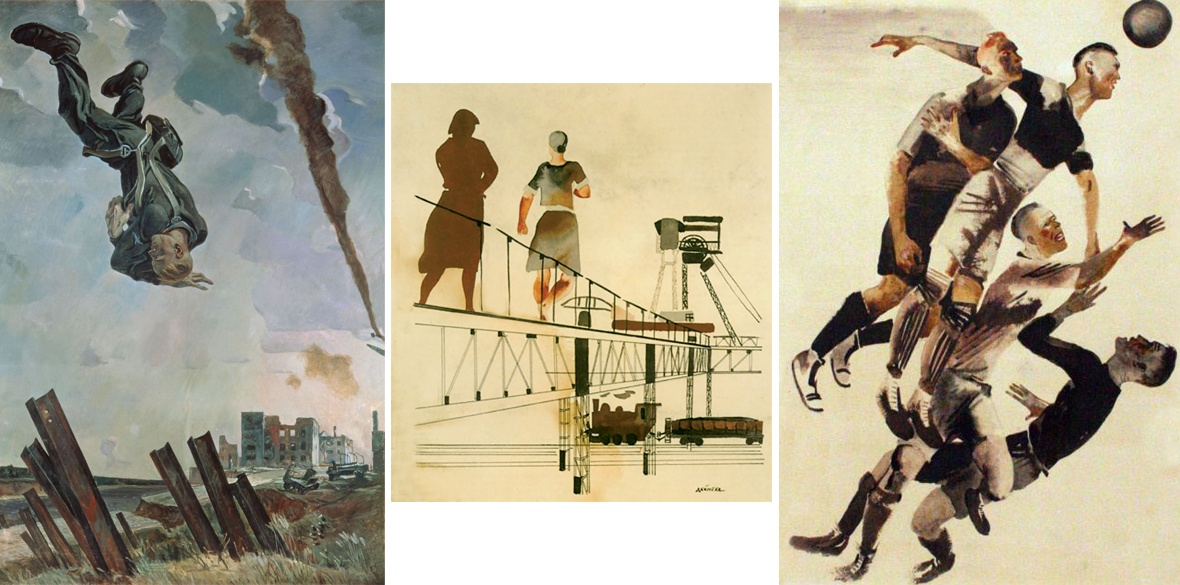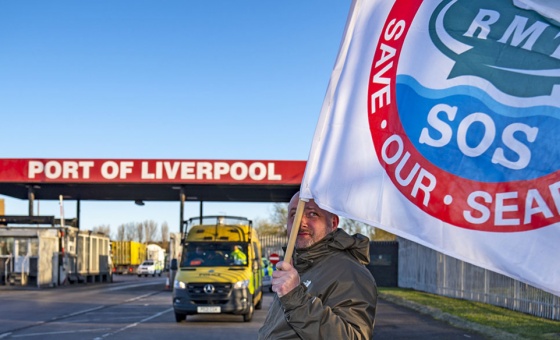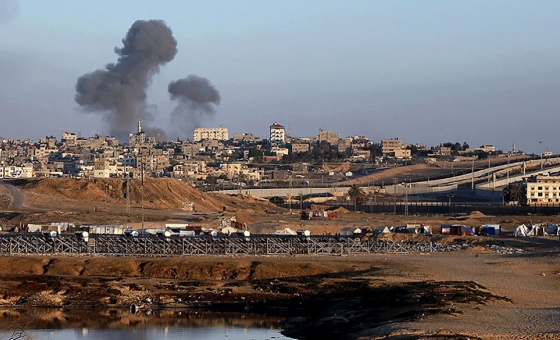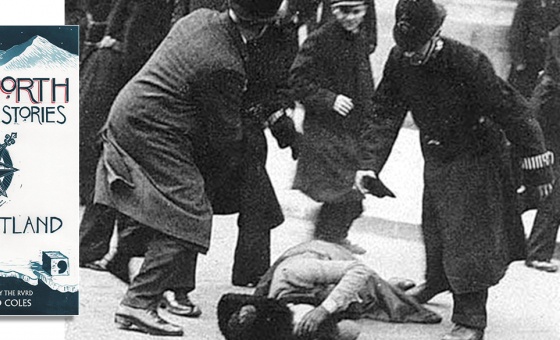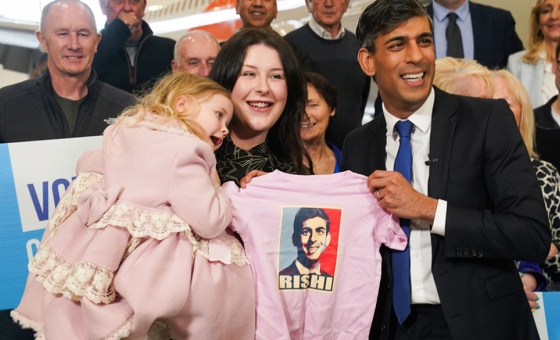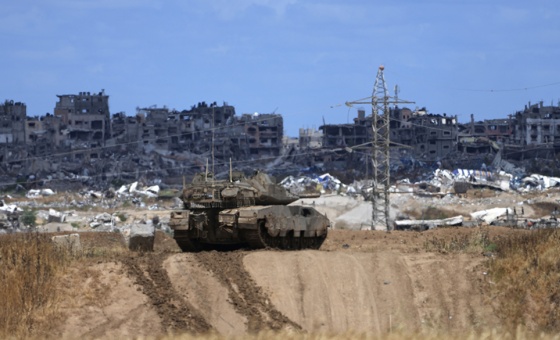This is the last article you can read this month
You can read more article this month
You can read more articles this month
Sorry your limit is up for this month
Reset on:
Please help support the Morning Star by subscribing here
IN 1917 Alexander Alexandrovich Deyneka (1899-1969) was just 18 and studying in his native Kursk when the upheavals and excitement of the Bolshevik revolution began.
He soon travelled to Moscow to study at the now celebrated Vkhutemas (arts and crafts workshops) and in this cauldron of aesthetic and political debates he honed his Marxist aspiration to create a new Soviet art.
Deyneka joined Vladimir Favorsky’s graphics and printmaking department, where he learned to respect art theory and to construct his compositions in terms of plane and space.
This valuable lesson would give Deyneka’s future paintings, prints and posters a clarity and spatial “airiness” which contrasted with the cramped fussiness of the enduring dominance of academic painting.
In 1922 he co-founded the Association of Artists for Revolutionary Russia (AARA). Heeding Lenin’s call to build on the achievements of past bourgeois art and to create a unique heritage for the new worker state, AARA’s artists intended to impart clear meanings in styles relevant to modern times, yet widely accessible to a largely unsophisticated population which in 1917 was 84 per cent illiterate.
The AARA was as committed to the Bolshevik revolution as some of the avant-garde but they rejected the inherent elitism of experimental styles in favour of the accessibility of realist ones. This posed the dilemma of to what degree they could incorporate recent modernist styles.
Deyneka’s Defence of Petrograd of 1928 sought a compromise. To express the new Soviet reality, it celebrates the workers’ foundation of the Soviet state in a style which moderately absorbs cubism and expressionism while retaining clear legibility.
The figures’ resolute expressions and rhythmic marching conveys their firm intentions, while the wounded figures on the bridge above show the harsh realities of combat. That the central persons are women affirms Marxist egalitarianism.
Yet Deyneka rarely ventured into history painting. Most of his subjects celebrate factory workers, miners, modernity, youth and aspiration as expressed by flight and sport. Football, the quintessential male working-class sport, claims a special place.
In the 1930s, his style lost its cubist-expressionist undertones yet his fluid, loaded brushwork and uncluttered compositions convey a modern sensibility.
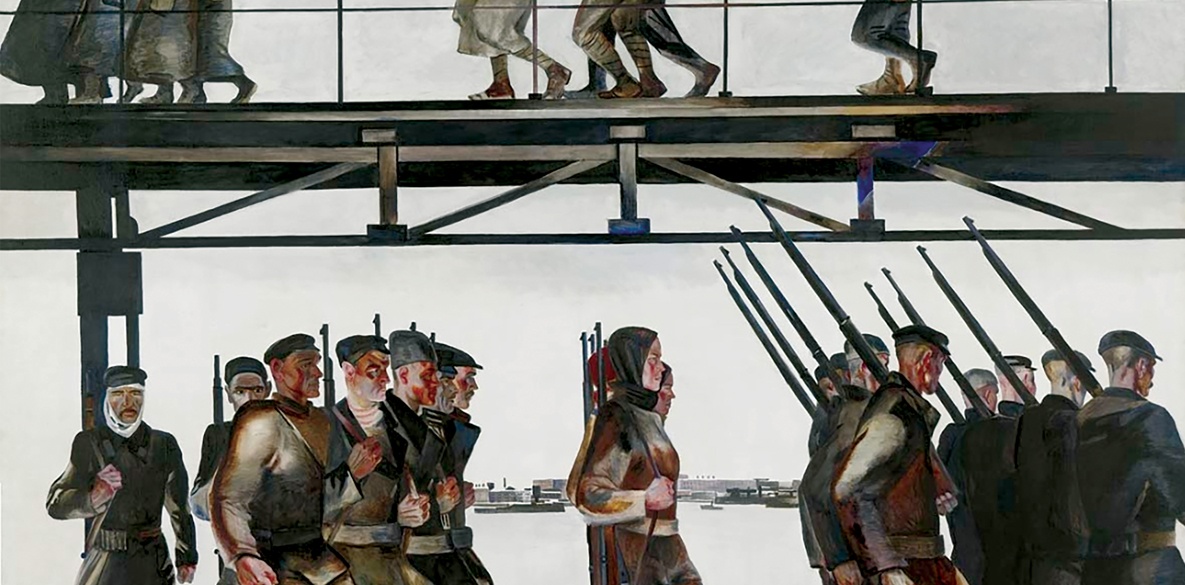
Visits to Paris, Italy and the US led to the Parisienne of 1935. A light-hearted portrait of an elegant young woman in a red dress and red hat against a dark wine coloured wall, it is a masterful variation on the theme of a single colour, while his portrait of a young Afro-American man of 1935 captures his sitter’s mixed emotions of regret, longing and repressed anger.
During WWII, Deyneka documented the privations of the home front as well as the epic battle scene The Defence of Sevastopol of 1942.
But one of his most moving war paintings is the “sbity as” (shot down ace pilot) of 1943. Head down, the young man plunges helplessly to almost certain death in the depopulated city outskirts with no visible help or witness.
The diagonal of his body is repeated by the black smoke of his burning plane’s descent. The stoicism of the pilot’s facial expression is betrayed by his outstretched hand, an instinctive gesture tragically destined to be ineffectual.
Originally educated as a graphic designer, Deyneka also created superb illustrations, decorative designs and posters in which he was freer to use modernist simplifications, as in the poster Work, Build, Don’t Weep/Whine of 1933. In it, the dynamism of young woman discus thrower is juxtaposed with the concentrated stillness of a soldier aiming his rifle.
The themes of flight, swimming and football in his 1938 mosaics in Moscow’s Mayakovskaya Station epitomise his continuing faith in Bolshevik ideals, despite the increasingly bleak international situation.
His protagonists are almost all young and well-proportioned Soviet “new people,” energetic builders of the new world. It is easy to scoff at Deyneka for naivety and unwillingness to face facts. Yet it is more difficult to inspire by depicting joy, fun and success than to convey the dramas of sorrow, disaster and tragedy.
He embraced the Bolshevik revolution’s progressive ideals and his optimistic depictions of early Soviet life were intended to inspire and to combat cynicism, indifference and alienation.
Rebellious enough to question aesthetic orthodoxies and to pioneer new approaches, yet a Marxist to the core, Deyneka remained acutely committed to the artist’s social responsibility. So he trod the tightrope between these polarities during the tumultuous Bolshevik years and into the aesthetically conservative late 1930s and 1940s.
Deyneka ruffled many an academician’s feathers yet was eventually honoured as a Hero of Socialist Labour, People’s Artist of the USSR, a full member of the USSR Academy of Arts and Lenin Prize winner.
As Soviet art’s golden boy he sailed through the 1950s and 1960s as one of its doyens.

